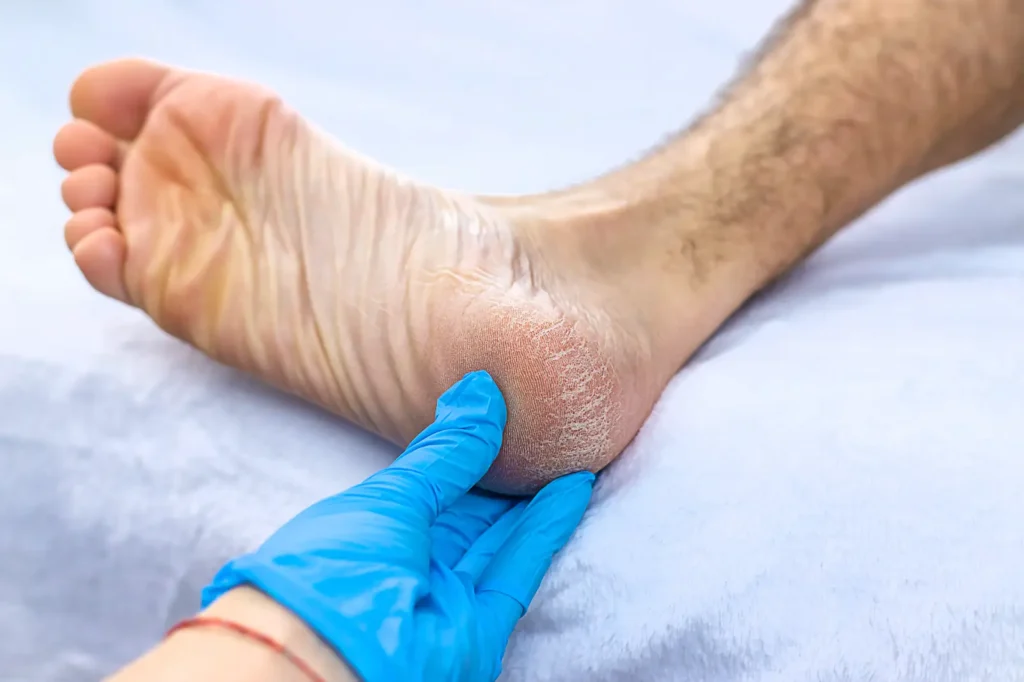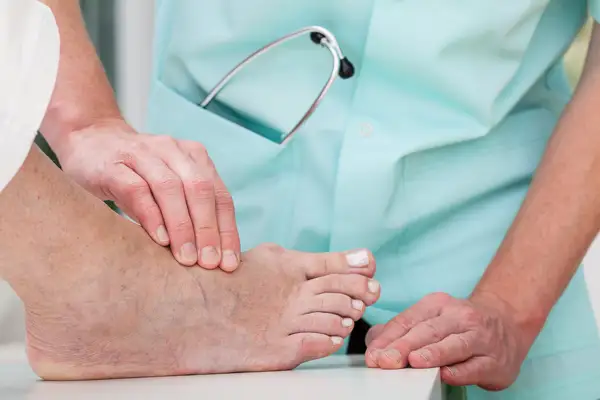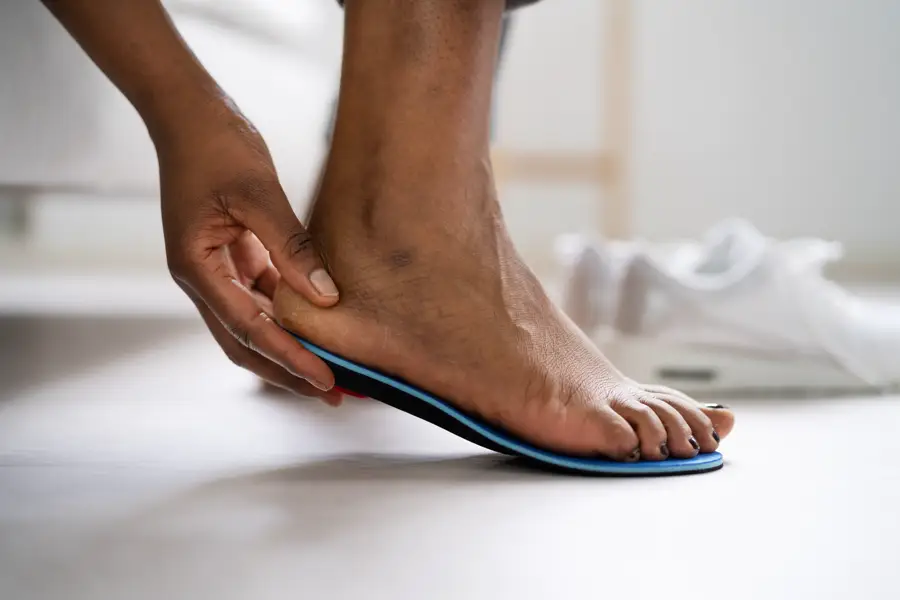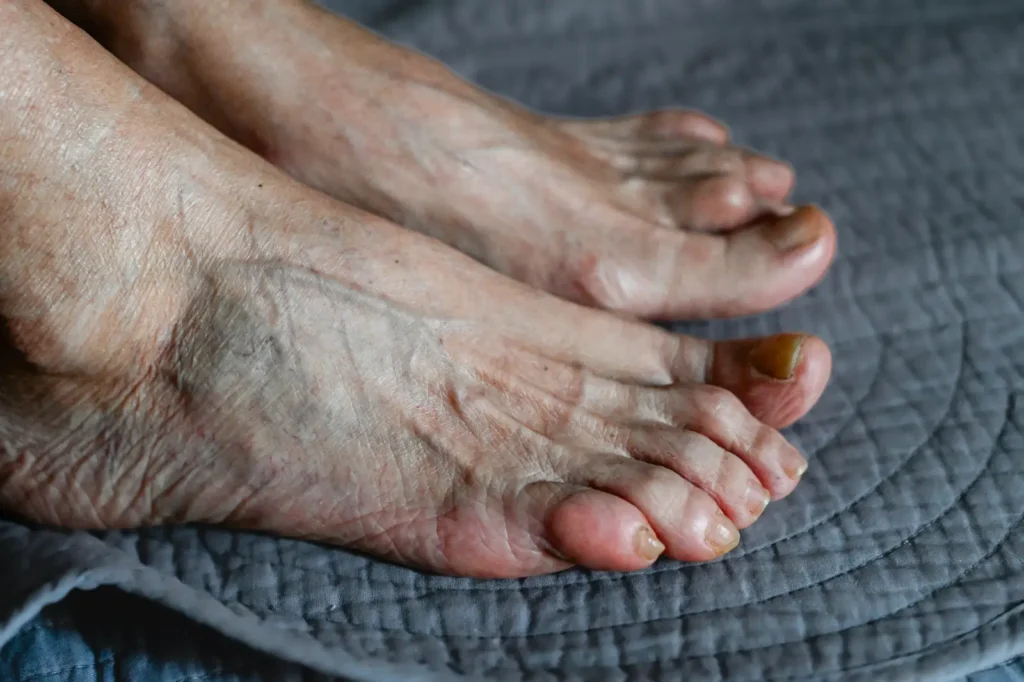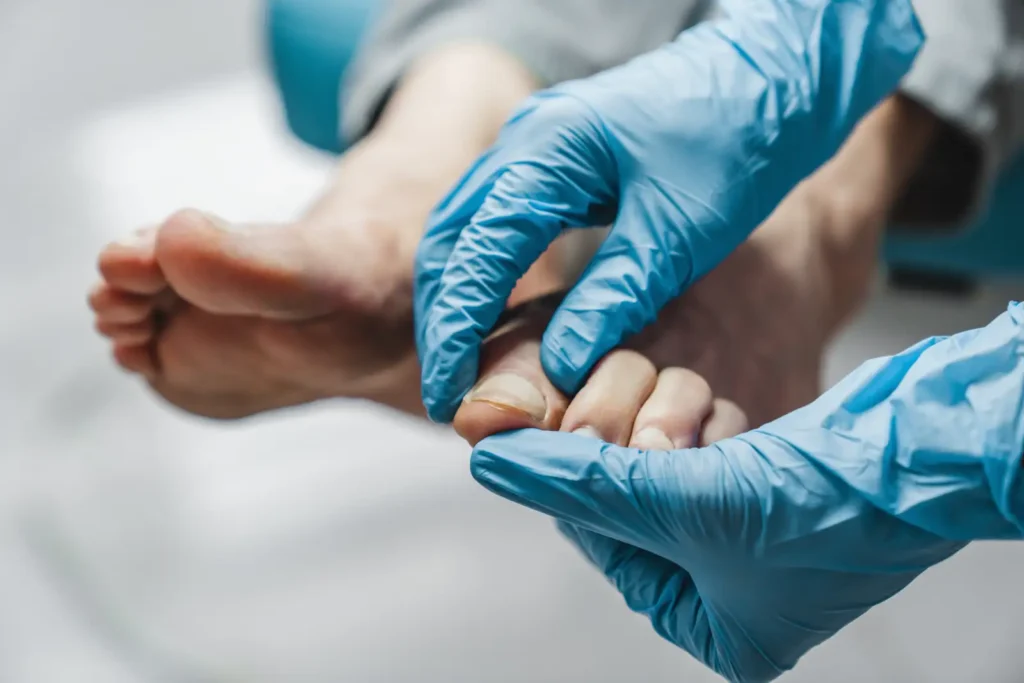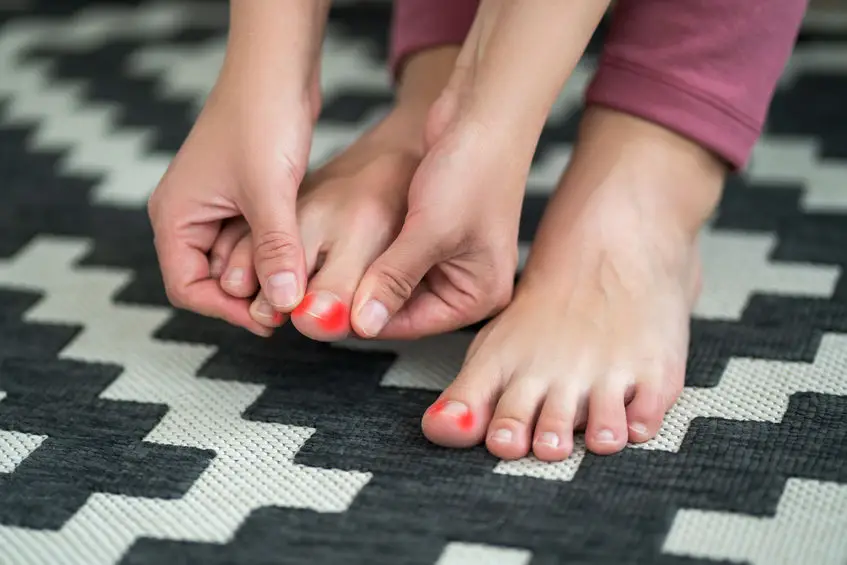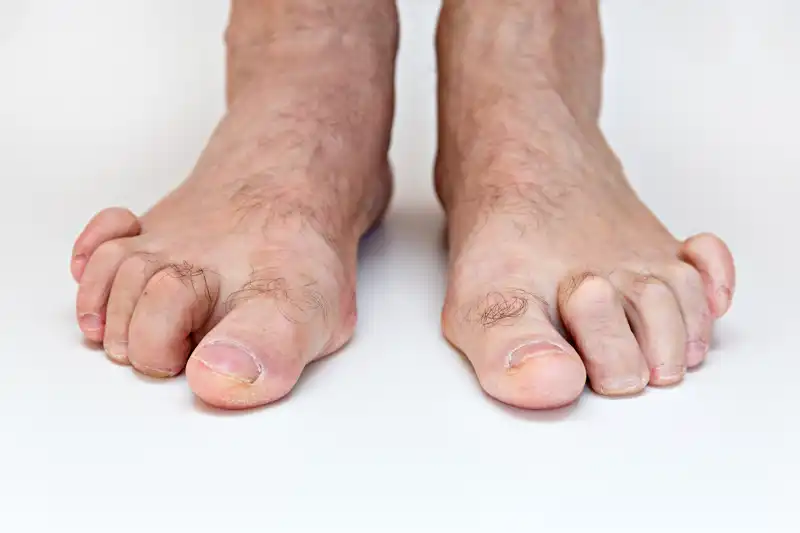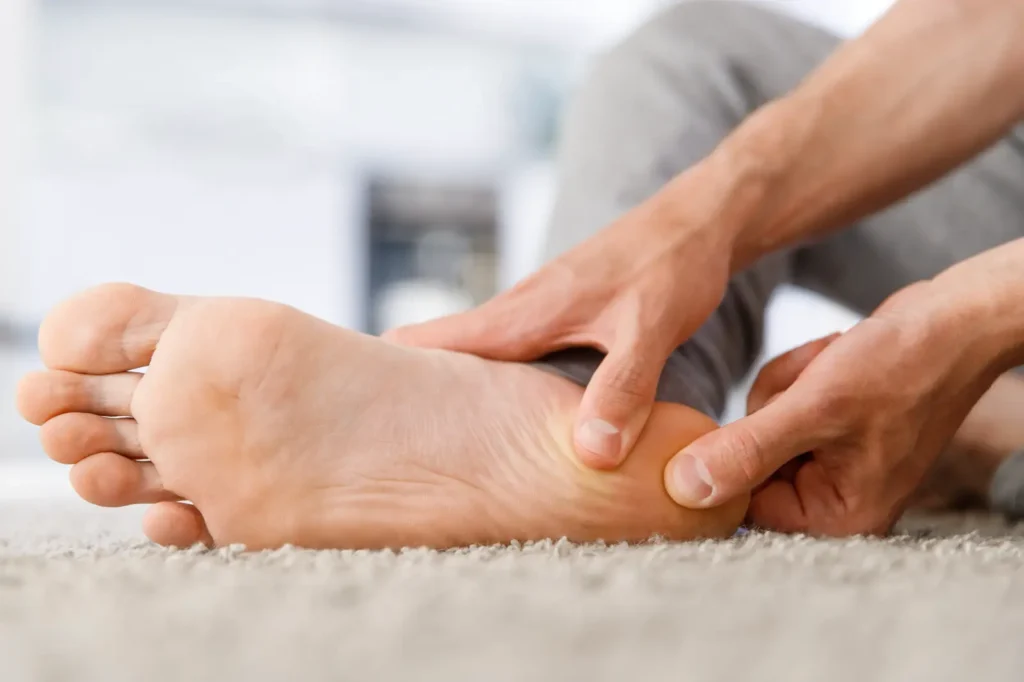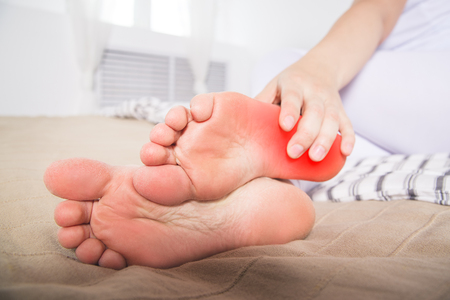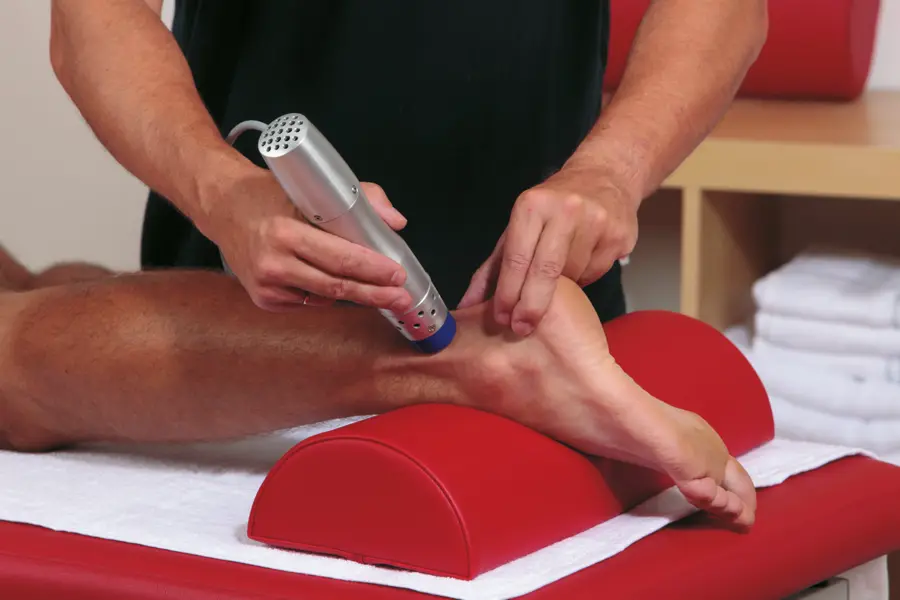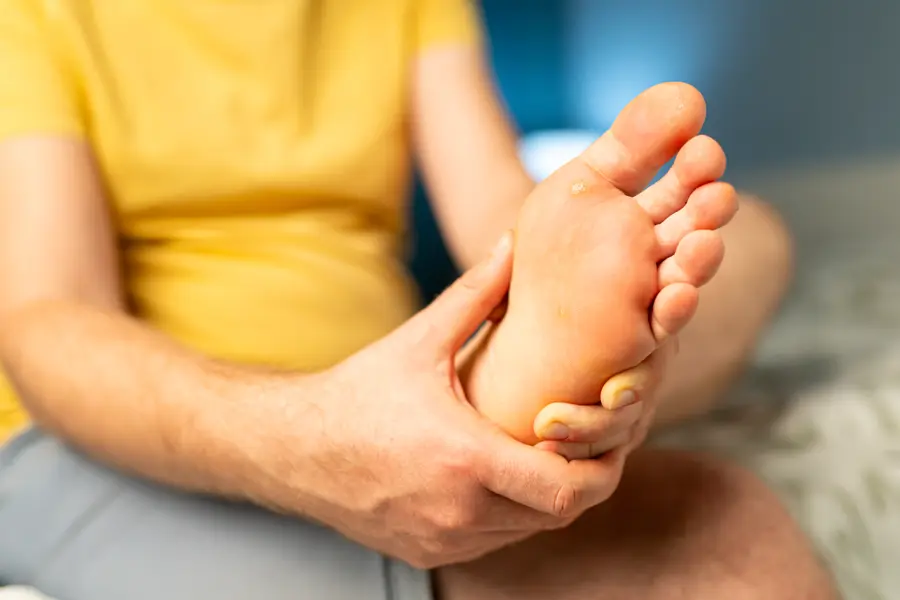Corns & Callouses
Experience relief from troublesome corns and callouses with the expert care of Dr. Alan J. Rosen, located in New York City.
When skin is subject to constant friction and pressure, hard layers build up to prevent frequent blisters and irritation. While calluses are beneficial on the fingers of stringed instrument players, corns and calluses on the feet may be another matter. Contact Dr. Alan J. Rosen of New York City if you have concerns about these patches of hardened skin. Book online or call the office, which is located on the Upper East Side.
